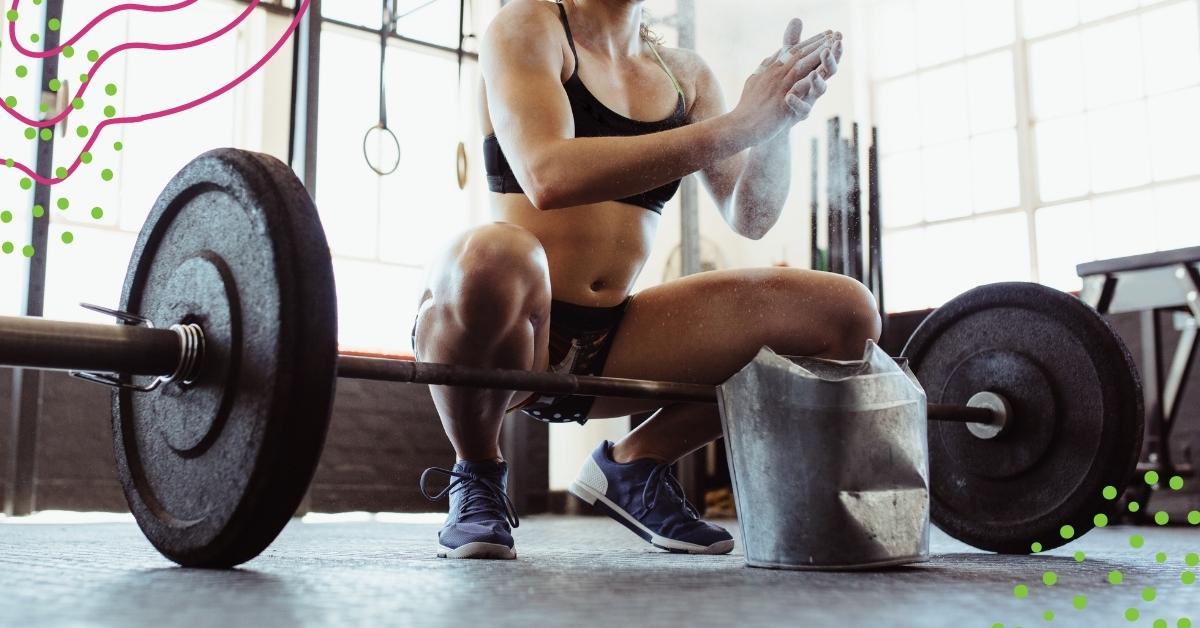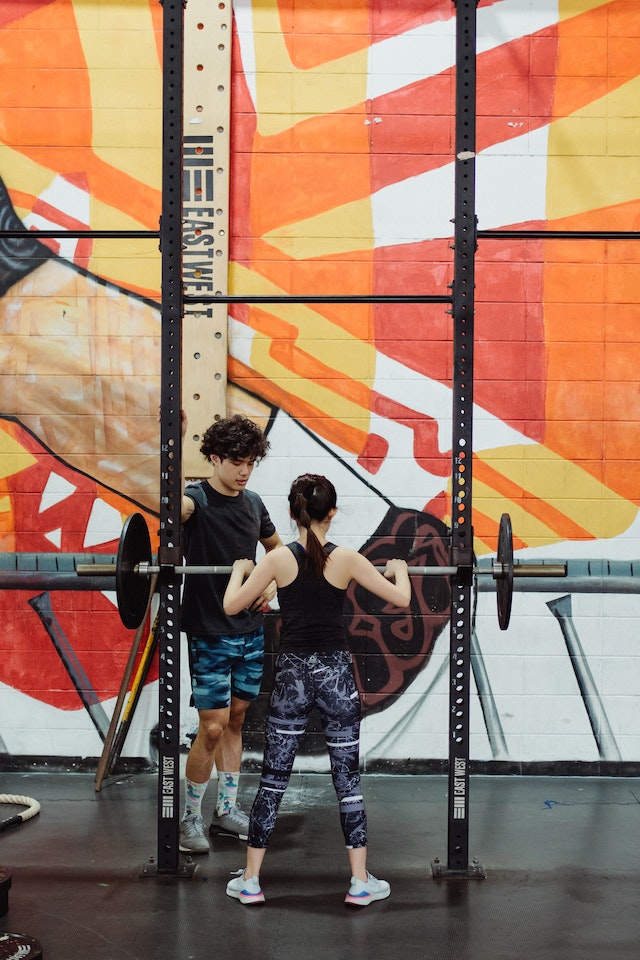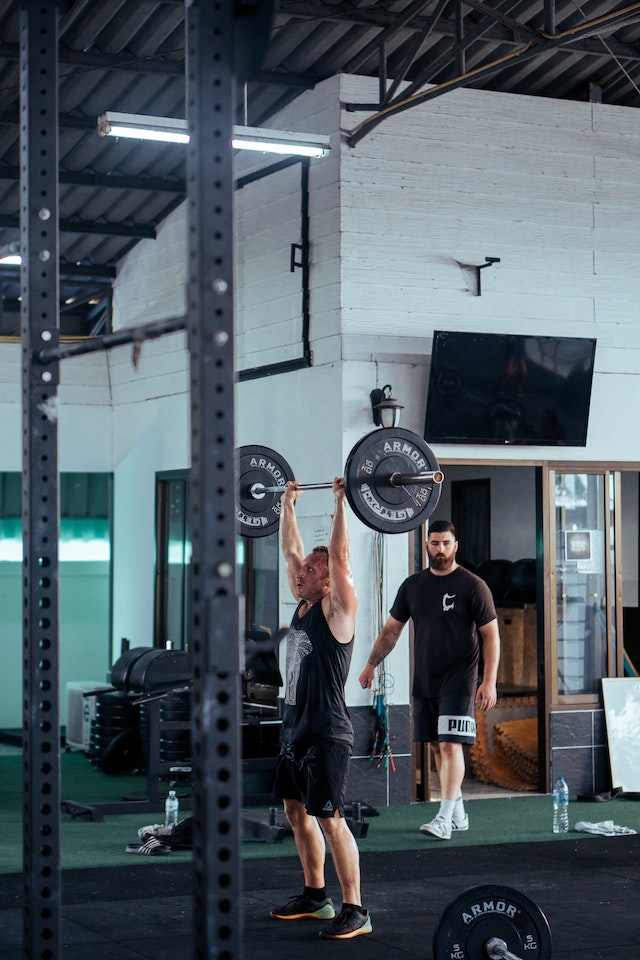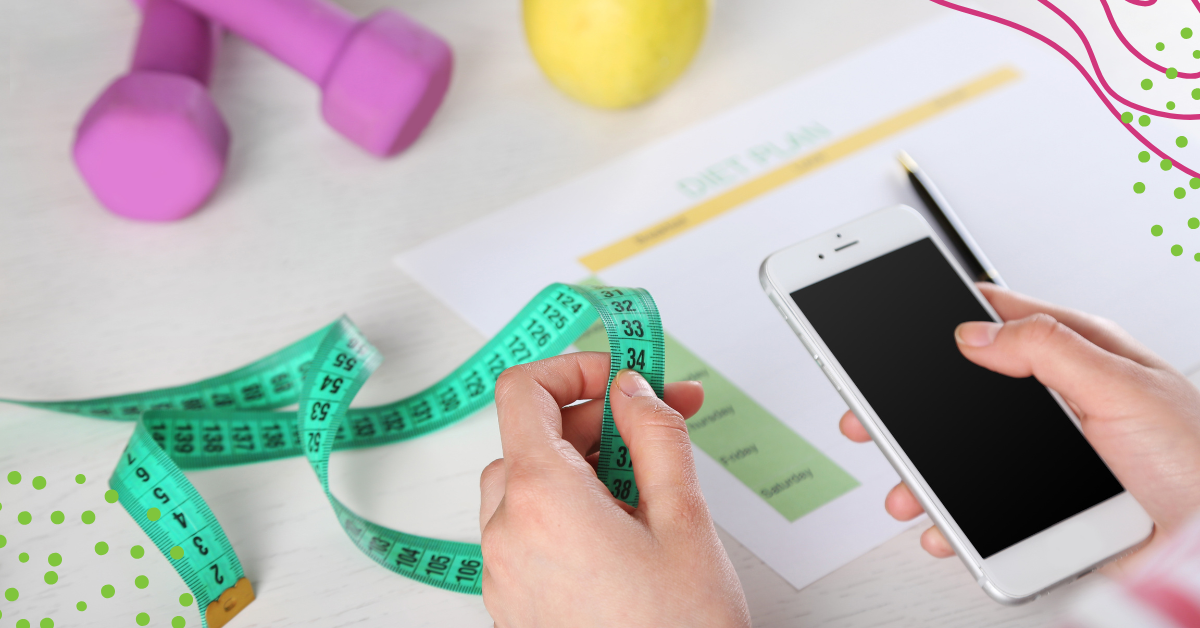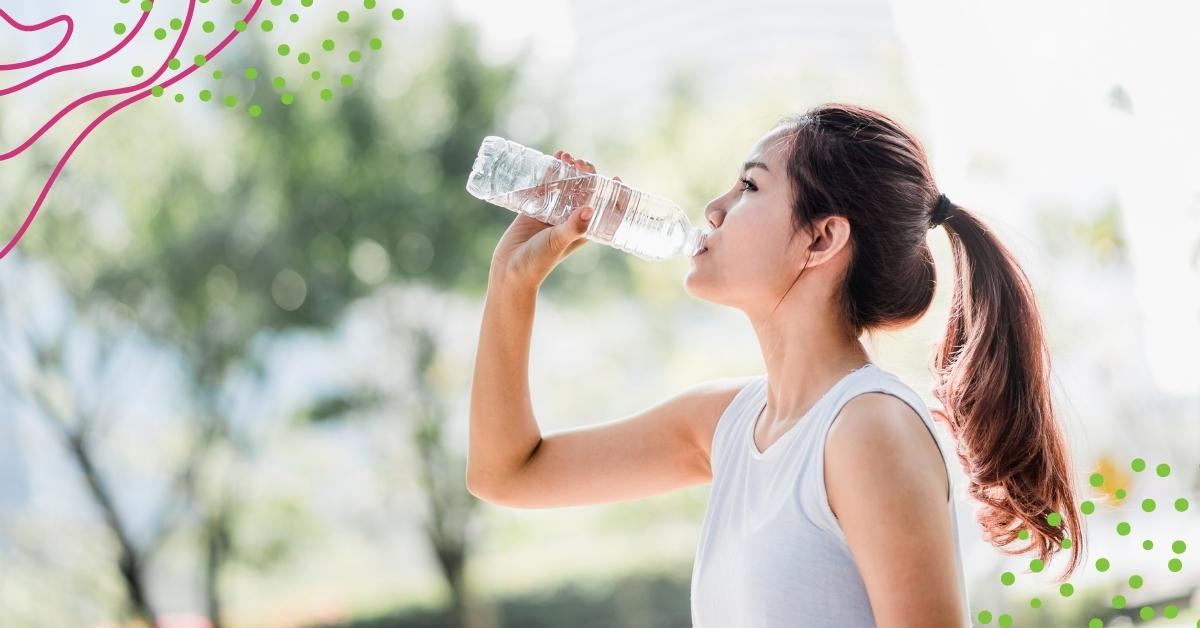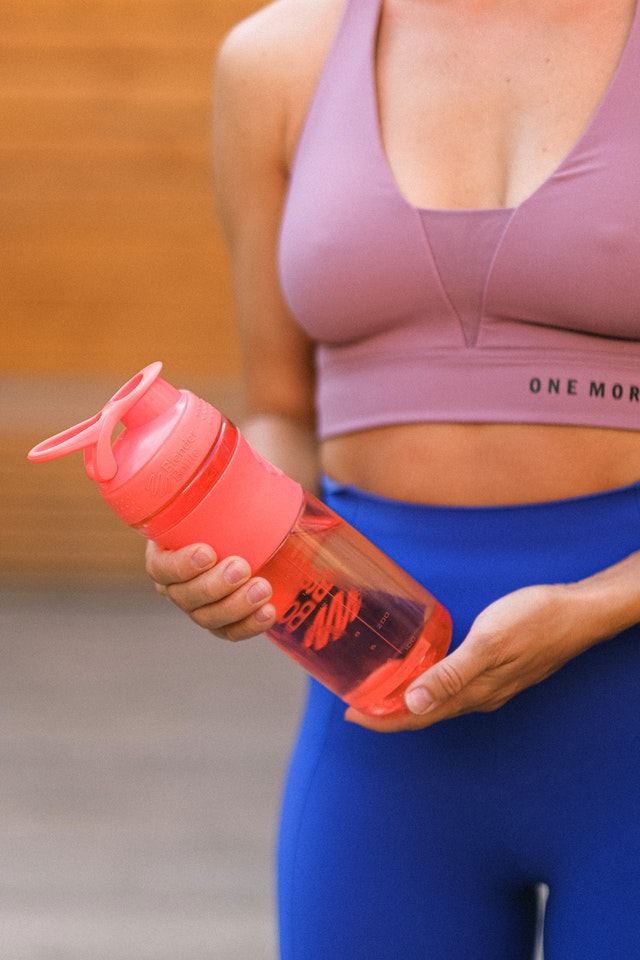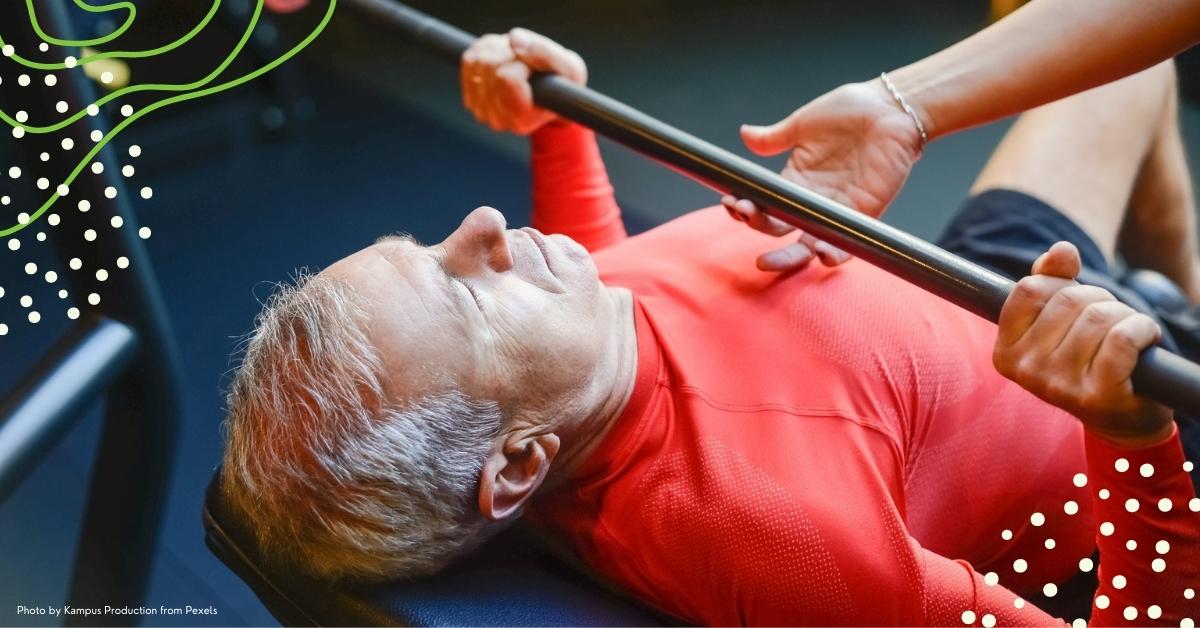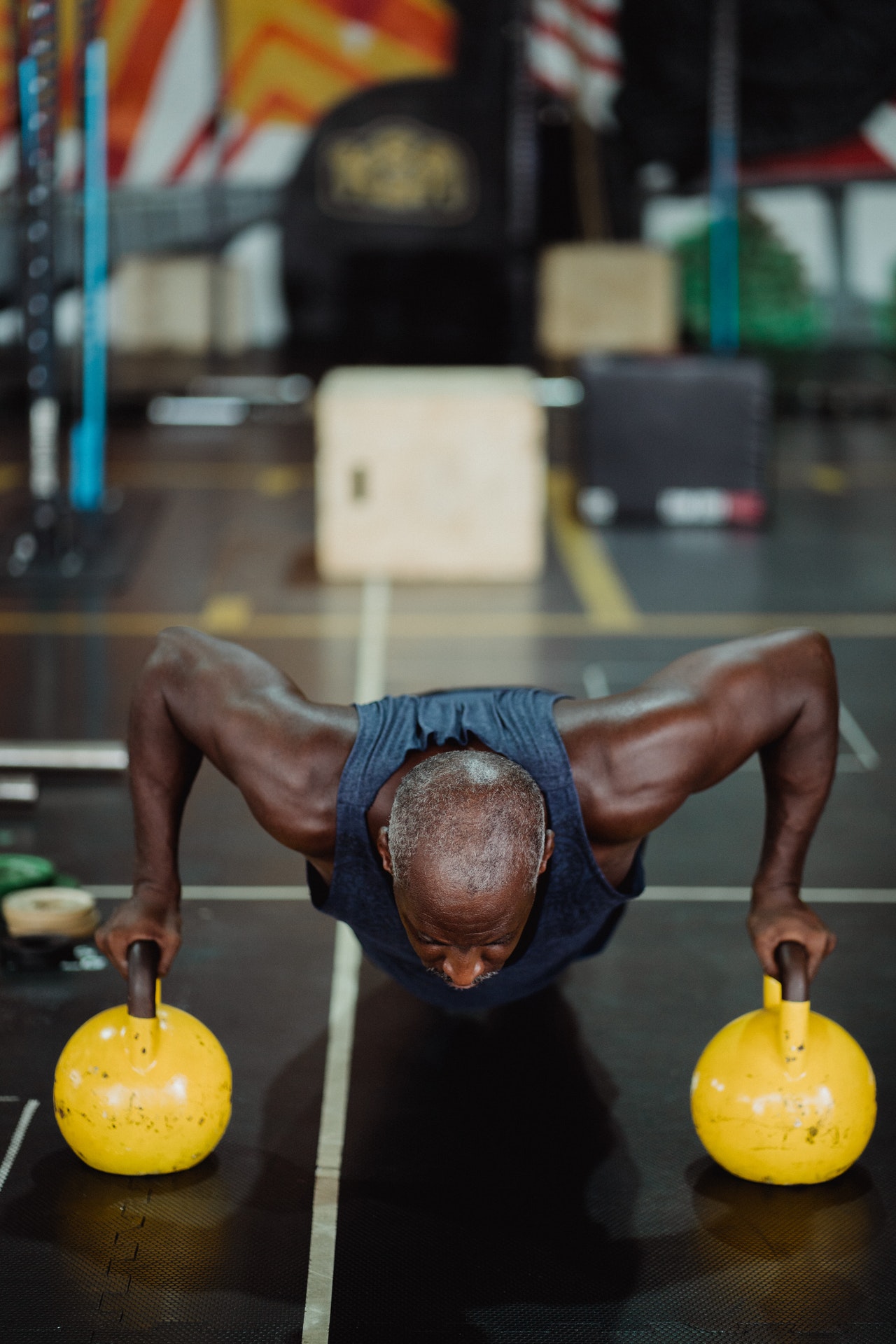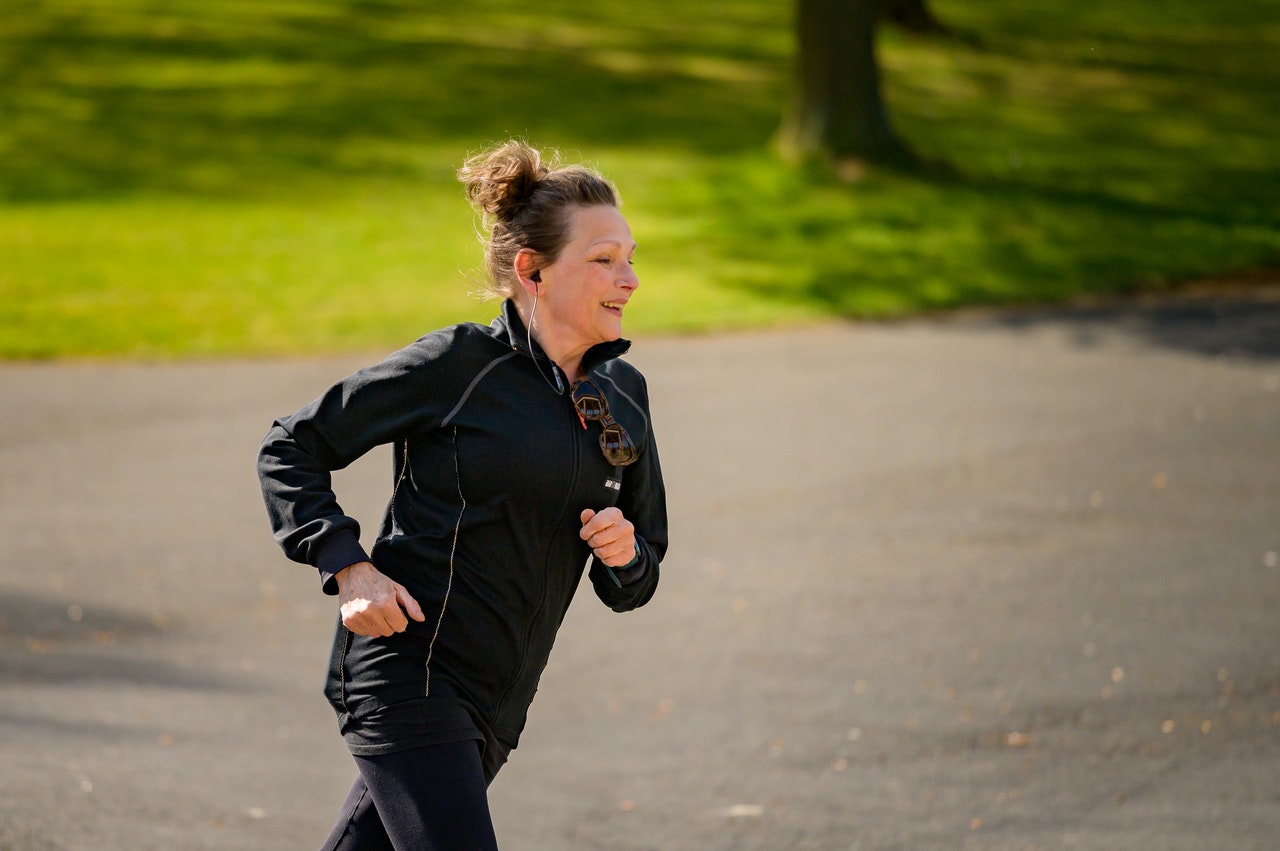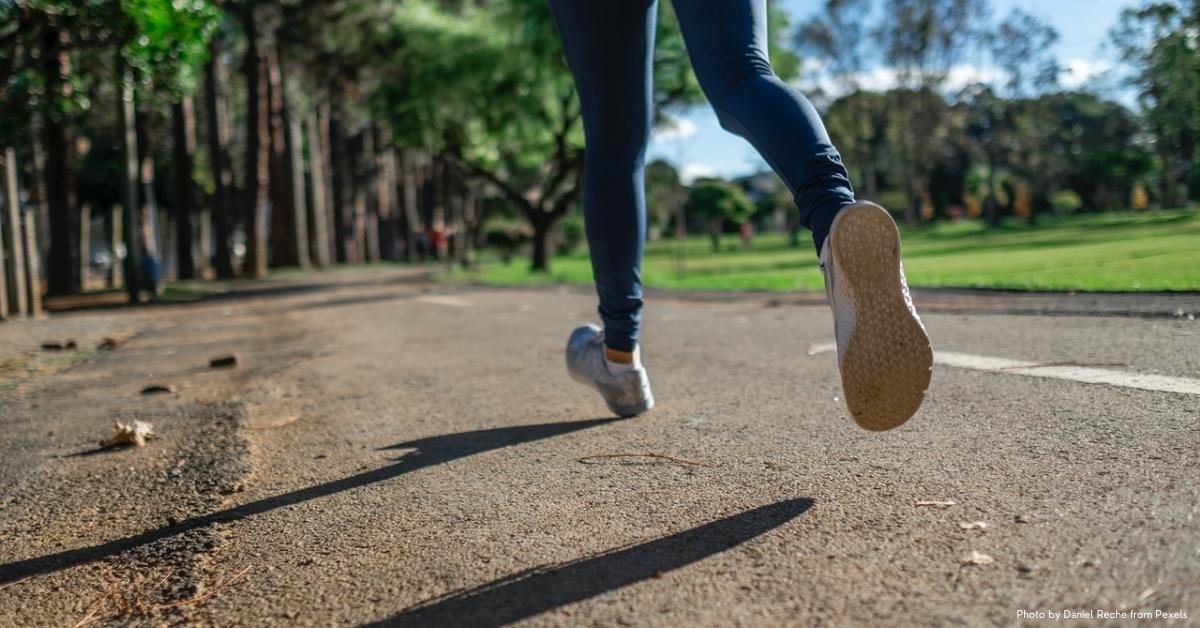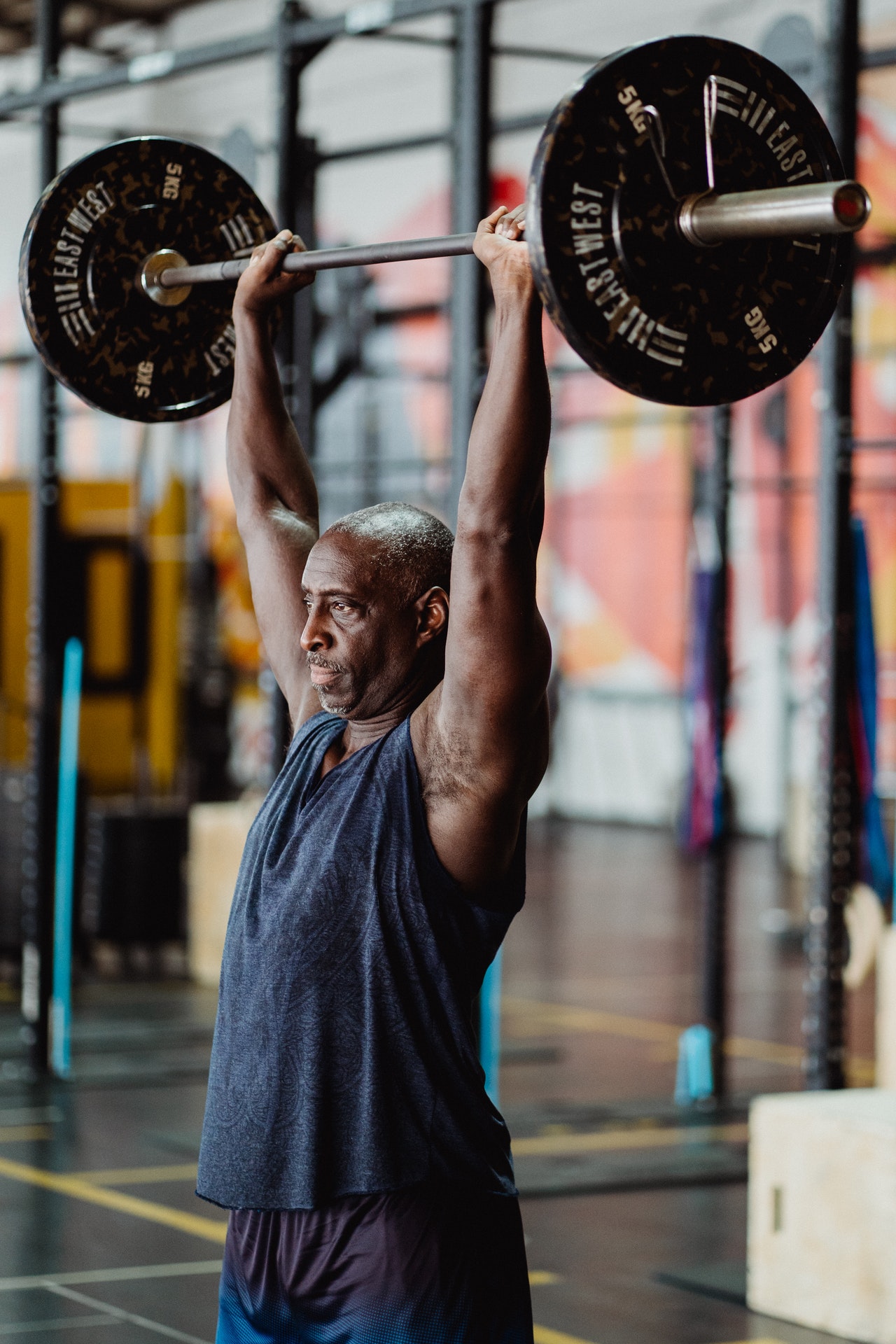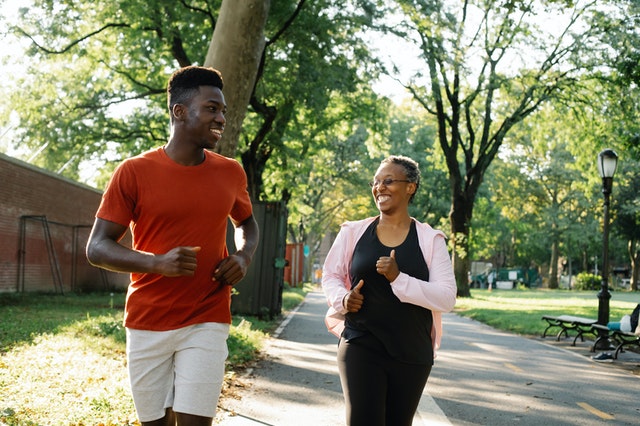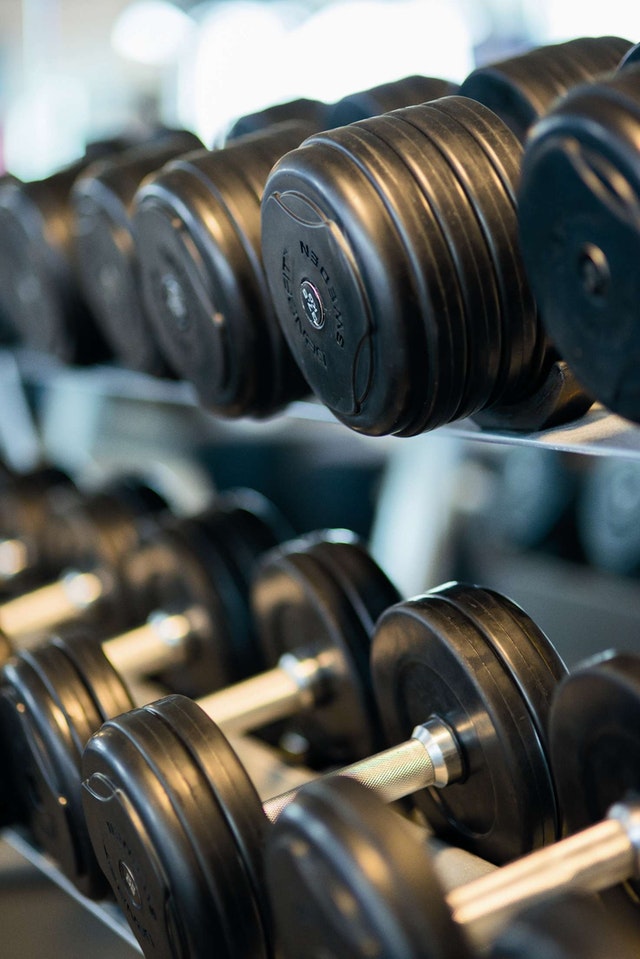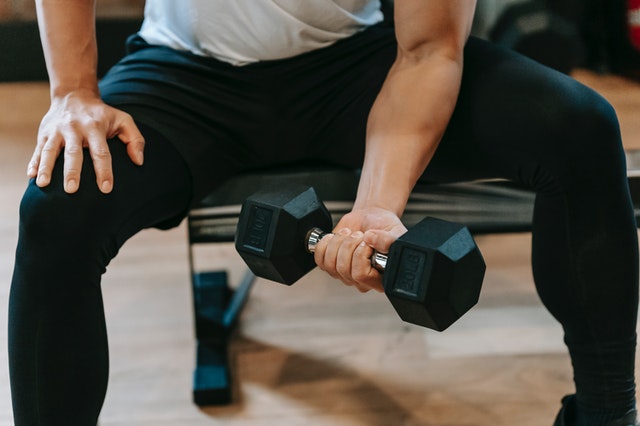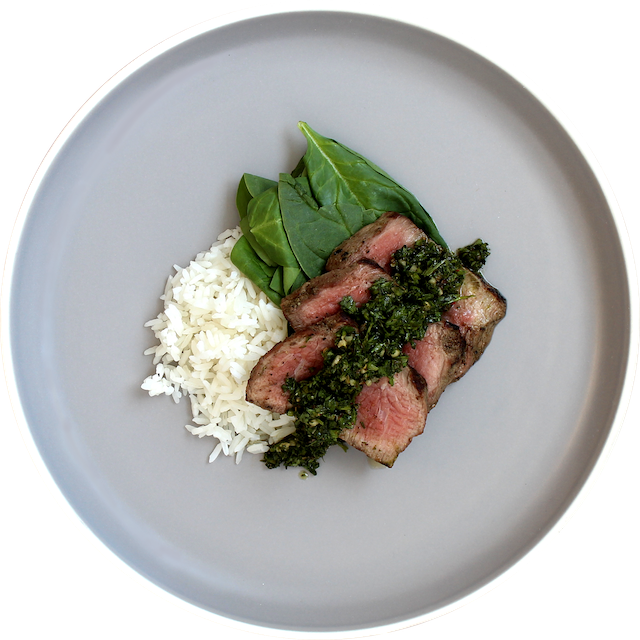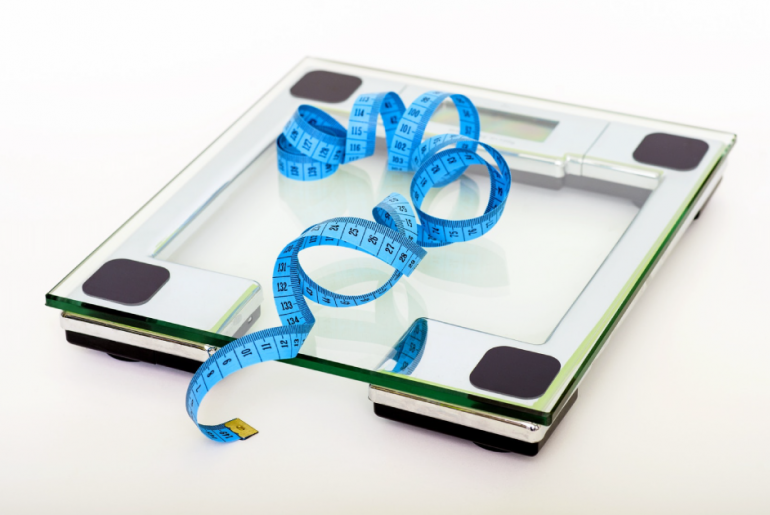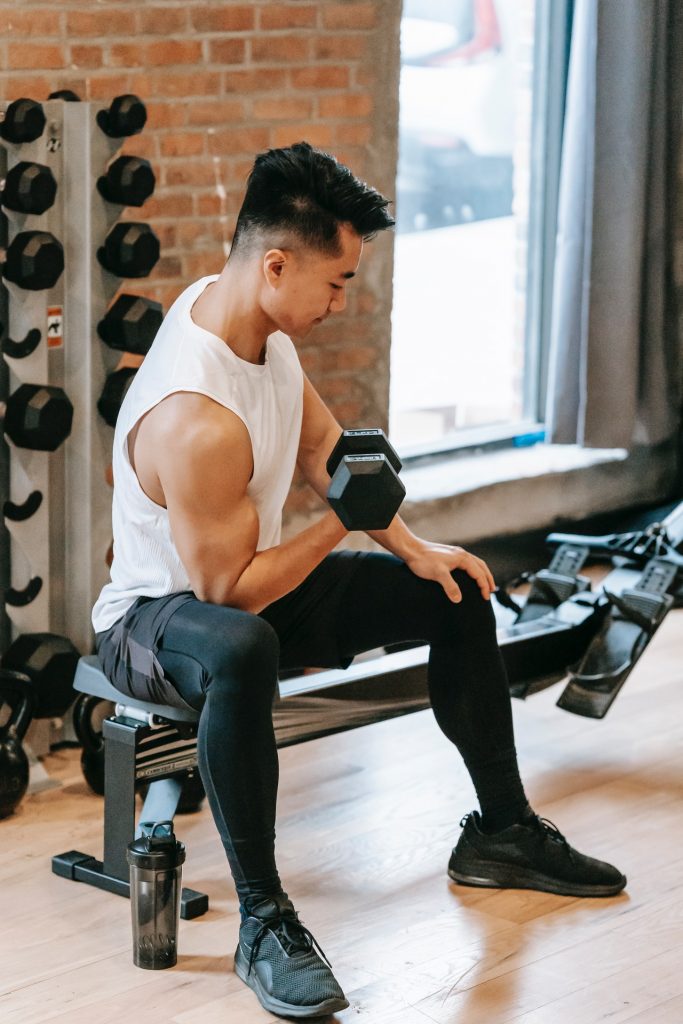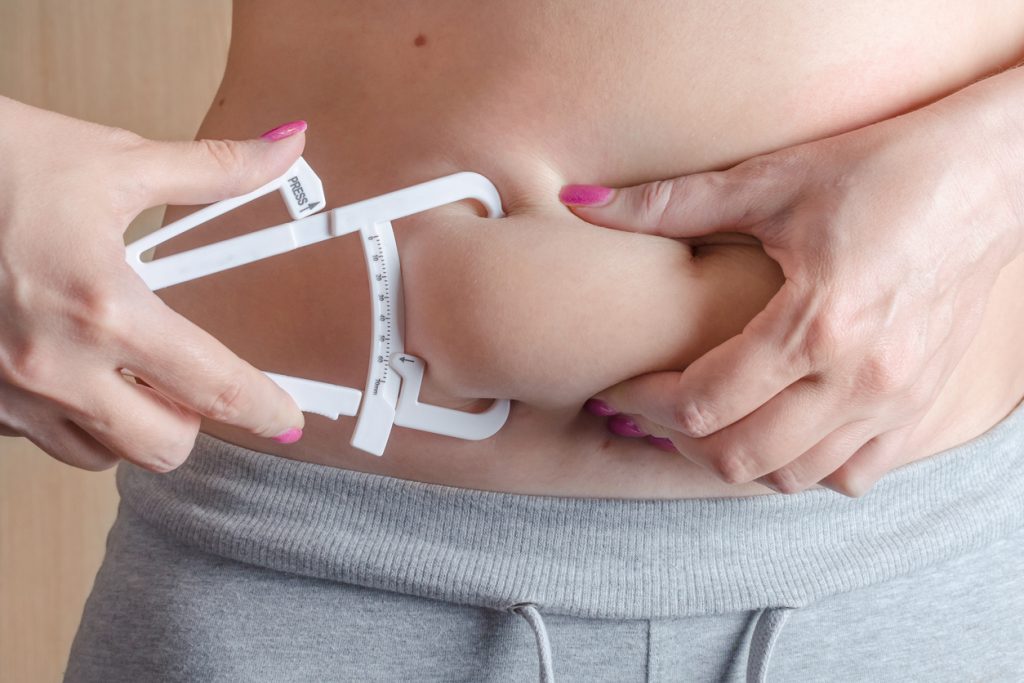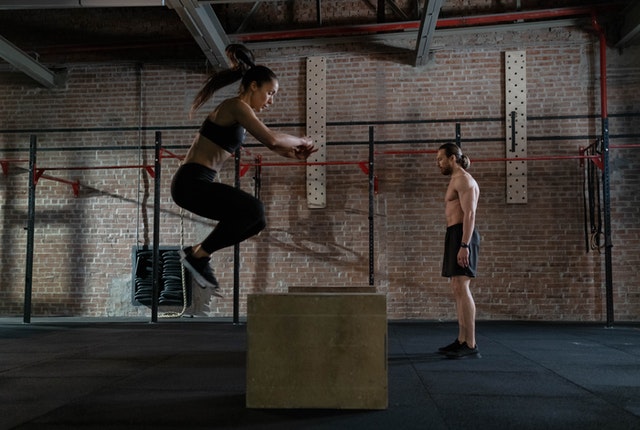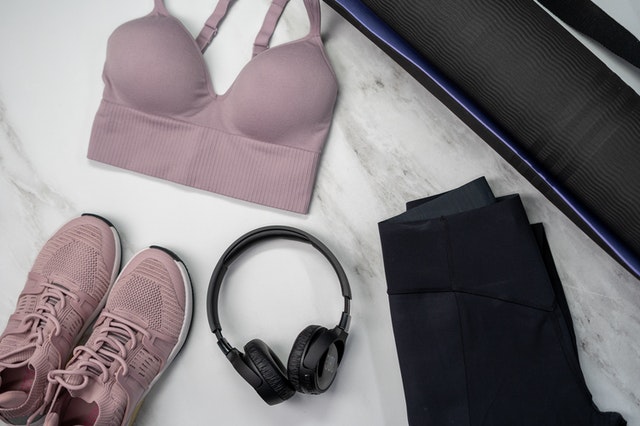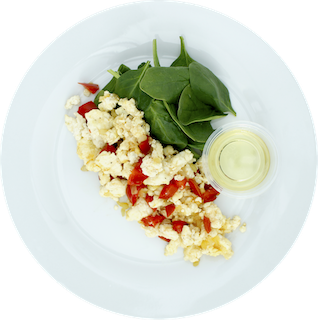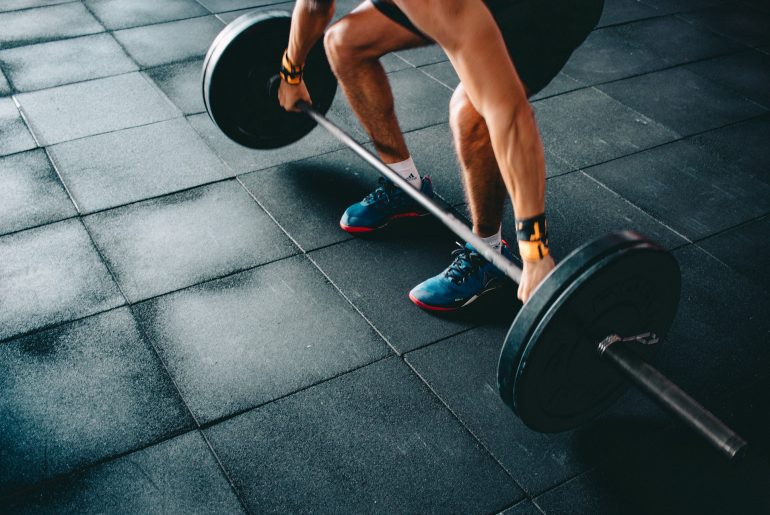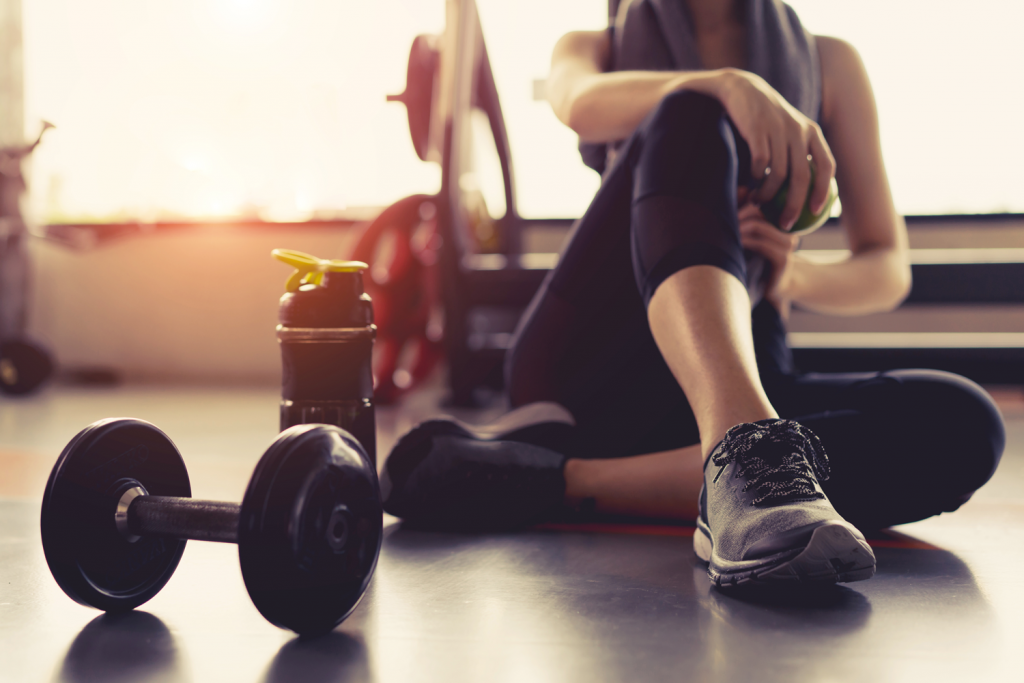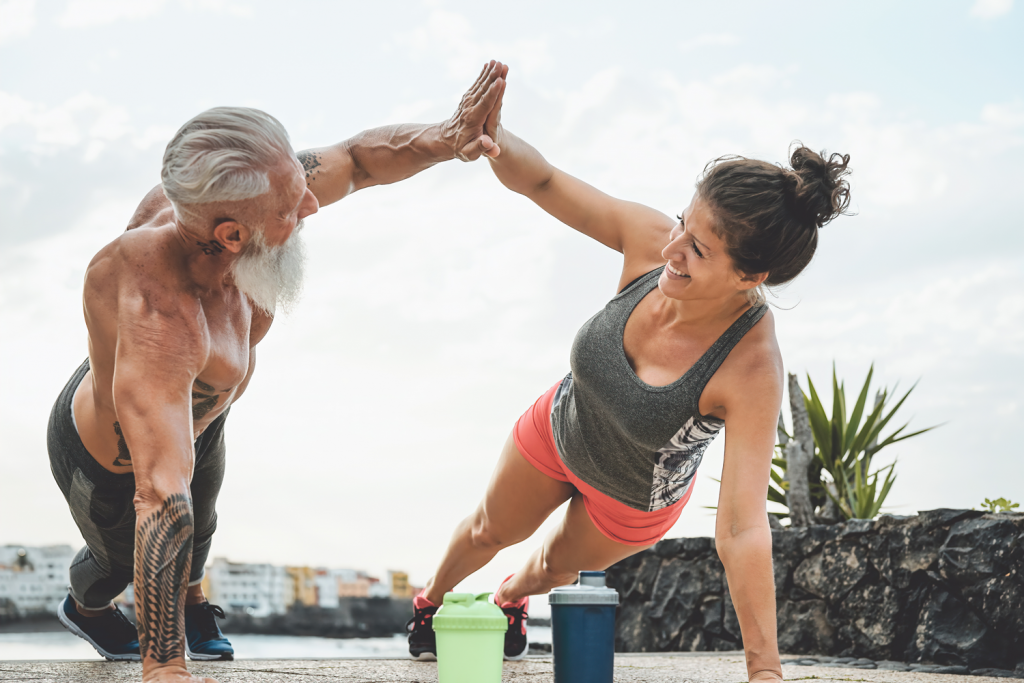Former competitive weight lifter and personal trainer Laura Khoudari turned to weight lifting to help her cope with trauma. Let’s take a look at how it can help.
In her book “Lifting Heavy Things: Healing Trauma One Rep at a Time,” former competitor Laura Khoudari details the benefits that she got from strength training after experiencing a trauma that left her with PTSD symptoms.
So, is lifting the best way to unburden yourself from a heavy emotional load? It turns out that weight lifting can do more than just keep you physically fit. It may also play an important role in mental and emotional fitness. Researchers have found that weight lifting can actually help people to deal with trauma.
While the official term for using weight lifting as part of a wellness plan in collaboration with a professional is called trauma-informed weight lifting, the truth is that anyone can tap into the potential benefits of lifting to overcome powerful emotional hurdles. The idea of lifting for mental health isn’t all that radical once you consider the relationship between physical activity and mental health.
A 2019 study found that three weeks of high-intensity resistance exercise is a feasible intervention for post-traumatic stress syndrome (PTSS) reduction in non-treatment-seeking adults who screen positive for PTSD and anxiety.
Is it time to find a new way to handle trauma that is limiting what you can enjoy, experience, and accomplish in your life? Learning about the ways that lifting helps to rewire the mind and body is the first step.
Take a look at the role weight lifting can play in healing trauma.
Understanding the Physical Effects of Trauma on the Body
While many people connect the idea of trauma with things that are happening in the brain, the truth is that trauma is often a whole-body experience with whole-body aftershocks. When we’re in a state of dealing with trauma, the nervous system is overtaxed. As a result, it becomes less resilient against stressors. This should sound relatable to anyone who has ever dealt with trauma.
When trauma responses kick in, it can be difficult to focus on tasks, relationships, personal hygiene, and other life responsibilities. It’s also very common to experience pain, sickness, low energy, digestive issues, and general feelings of being unwell when in a state of trauma response.
While it may be tempting to dismiss these symptoms as simply being psychological responses that begin in your head, the reality of trauma is that it depletes the nervous system to the point where people are much more likely to be susceptible to pain, illness, and injury.
Trauma doesn’t necessarily have to be “fresh” to create intense pain response in the body. Researchers have known for a long time that there’s a distinct connection between adverse childhood response and chronic pain.
Why Is Weight Lifting Such a Powerful Tool for Managing Trauma?
The key behind why weight lifting is such a powerful tool for managing trauma comes down to resilience. Trauma is often closely linked with feelings of helplessness. A person who is in the midst of a trauma response may feel that they are not safe. They may also feel powerfulness against the thoughts, fears, and vulnerabilities that surround them. In addition, people with trauma often feel disconnected from their bodies. In some cases, dissociation serves as a defense mechanism for trauma survivors to escape the discomfort and uncertainty of being present in their own bodies. Weight lifting can help to address many of the core needs of people suffering with trauma.
Mindfulness
While it’s easy to think of the brawn associated with weight lifting, the truth is that lifting is actually a mindfulness activity at its core. During a lifting session, awareness, vagal tone, and parasympathetic nervous system activation are heightened. Weight lifting forces a person to focus on the present state of their body in a way that helps many people to reach a state of self-regulation that they can’t easily reach on their own.
People who lift weights must pay attention to the feeling of every muscle fiber, skin cell, and nerve involved in the process. In fact, being completely attentive during weight lifting is essentially “forced” simply because paying attention is essential for safety.
For someone who has spent time disconnecting from their body, this can be a very centering experience. Weights make a person aware of their body in an undeniable way. For instance, a person who has experienced abuse or violence may unknowingly walk around disconnected from the areas of the body that were involved in the abuse experience.
When a person interacts with a weight or barbell, they are often able to reconnect with that part of the body while coming from a place of strength instead of reacting from a place of helplessness. In many ways, weight lifting can be a reclaiming of bodily autonomy for people who have felt violated.
The lack of distraction required during weight lifting can also have a very centering effect. People dealing with trauma will often use distractions to try to avoid the emotions, thoughts, and sensations that cause discomfort. A lifting session provides an opportunity to focus intensely on a single task without any distractions.
Resilience
Lifting in a trauma-informed way also fosters resilience. Many people with trauma feel weak. While lifting may feel intimidating at first, it’s actually the difficulty of this task that creates the reward of confidence. The truth is that every person can benefit from trying new things. That’s because the thrill of getting over fear and reluctance to try something new triggers a rush of endorphins and dopamine. This fact alone is a good enough reason to try out lifting if you’re struggling with trauma. However, trauma-informed lifting provides the added benefit of increasing a person’s sense of agency.
For someone struggling with trauma, the empowerment that comes from using their body in a powerful way to achieve something hard helps the brain to rewire itself to create positive relational connections with the self.
Lifting as part of a trauma-focused group of people who have gathered together to empower one another can increase the benefits of these positive connections by extending them to include others. People who have struggled with “opening up” to others may find that the bonding experience of lifting while vulnerable in a group helps them to feel more connected to others again.
Of course, the actual physical strength that is gained through continual lifting has all kinds of implications. First, many people suffering from trauma find that watching their bodies become physically stronger through lifting helps them to turn their bodies into manifestations of self-trust.
Rediscovery of Goals and Curiosity
For someone who has been living in survival mode due to trauma, the idea of being curious, ambitious, or driven by goals can seem foreign. Trauma sufferers have often lived so long in a state of merely trying to avoid triggers that they abandon all of the optimistic, vulnerable, and future-focused aspects of life. Lifting can give those things back to them.
Purpose
Knowing that you’re expected at the gym can be an incredible motivation for showing up. When people make lifting a priority, they are driven by a purpose that can be seen, felt, and measured. Having a sense of purpose isn’t just about feel-good Hallmark sentiments. According to research, purpose is actually a matter of survival. A study published in 2019 found that having a sense of purpose is linked with a lower risk of death.
Should You Consider Weight Lifting for Trauma Healing?
There’s some really promising work being done right now on the relationship between trauma healing and weight lifting. However, lifting shouldn’t be seen as a “cure” for trauma that should replace any of the existing work you’re doing with a trauma-informed therapist. It’s also important for people to avoid placing pressure on themselves that will leave them feeling as though they’re doing something “wrong” if lifting doesn’t work for them. It’s not a replacement for therapy.
The reality is that a lifting session at the local gym is not enough to unfurl years of deep trauma that have drastically altered your nervous system. However, trauma-informed lifting can be part of a process of healing that allows a person to help regain resiliency and self-trust by connecting with their body in a positive, mindful way.
Finally, it’s important to have realistic goals when going into lifting. You should know that it can take people years of training to reach goal weights. Always prioritize your health and wellness above “wins” in the gym.
If you’ll be changing your workout routine as part of a wellness plan for your mental health, make sure your dietary habits are up to speed with your new needs. That means lots of healthy fats, lean proteins, leafy greens, fruits, and legumes. In addition, you’ll need to keep your hydration levels on pace with the new demands you’re placing on your body. Make a plan to compensate for all fluids lost by your body through sweat with extra water. Preparing for healing through lifting can be an important part of the self-care aspect of the process!


